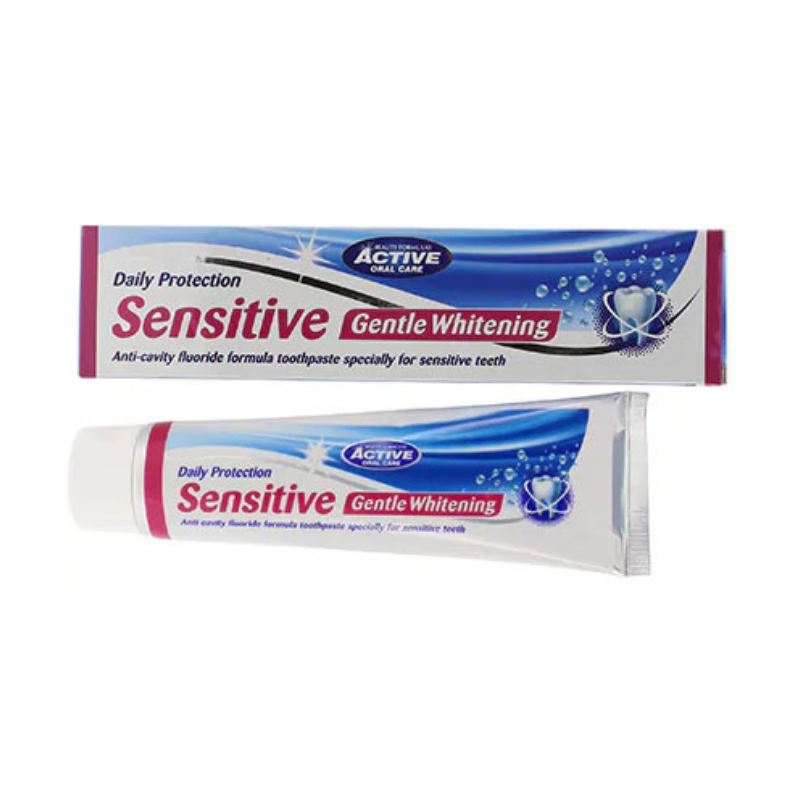7 Whitening Formulas In Toothpaste To Shine

The quest for a brighter, whiter smile has led to the development of numerous toothpaste formulas, each boasting unique ingredients and benefits. Among these, whitening formulas have gained significant attention, as they promise to remove stains and leave teeth with a radiant shine. Let’s delve into seven common whitening formulas found in toothpaste and explore how they work to achieve that dazzling smile.
Firstly, it’s essential to understand that tooth discoloration can occur due to various factors, including consumption of certain foods and beverages, smoking, and poor oral hygiene. Whitening toothpastes aim to counteract these effects by incorporating ingredients that either remove surface stains or penetrates the tooth enamel to lighten its color. The following are seven key whitening formulas you might find in toothpaste:
Hydrogen Peroxide: This is one of the most common active ingredients in whitening toothpastes. Hydrogen peroxide works by releasing oxygen molecules that penetrate the tooth enamel, breaking down stains and whitening the teeth. Concentrations can vary, but it’s typically used in concentrations of 1-3.5% in over-the-counter products.
Carbamide Peroxide: Another peroxide-based ingredient, carbamide peroxide breaks down into hydrogen peroxide and urea. This not only whitens teeth but also has antibacterial properties. The urea component helps to moisturize the mouth, reducing the risk of sensitivity, a common side effect of teeth whitening.
Sodium Bicarbonate (Baking Soda): Known for its mild abrasive properties, sodium bicarbonate helps remove surface stains on teeth, contributing to a whitening effect. It’s also natural and gentle, making it suitable for everyday use.
Papain: Derived from papaya, papain is an enzyme that breaks down proteins. In the context of tooth whitening, it helps dissolve and remove surface stains caused by food and plaque, revealing cleaner and whiter teeth.
Bromelain: This enzyme, found in pineapples, has proteolytic properties similar to papain. It aids in gently removing stains from the tooth surface, enhancing the whitening effect without causing excessive abrasion.
Silica: Often used in conjunction with other whitening agents, silica acts as a mild abrasive. It helps smooth the tooth surface, removing minor imperfections and stains, which can make teeth appear whiter and shinier.
Blue Covarine: This is a relatively newer whitening agent that forms a thin, blue pigment layer on the tooth surface. When light hits this layer, it scatters the blue pigment, making the teeth appear less yellow and more white. It’s an instant whitening effect, though it may not last as long as other methods and requires regular application.
How to Choose the Right Whitening Toothpaste
With so many options available, selecting the right whitening toothpaste can seem daunting. Here are a few tips to guide your decision:
- Consider Your Needs: If you have sensitive teeth, look for products labeled as “desensitizing” or those with lower concentrations of active whitening ingredients.
- Check the Ingredients: Ensure that the product contains a recognized whitening agent. For those seeking a more natural approach, baking soda or enzymatic cleaners like papain might be preferable.
- Look for the ADA Seal: The American Dental Association (ADA) Seal of Acceptance is awarded to products that meet certain standards for safety and effectiveness. While not all good products have this seal, it can be a good indicator of quality.
Conclusion
Achieving a whiter, brighter smile is within reach with the right toothpaste. By understanding the different whitening formulas available, individuals can make informed choices about their oral care. Whether you opt for the gentle action of sodium bicarbonate, the enzymatic power of papain, or the instant whitening of blue covarine, the key to successful teeth whitening is consistency and patience. Remember, a beautiful smile is not just about aesthetics; it’s also a reflection of good oral health and hygiene practices.
How long does it take to see results from whitening toothpaste?
+Results can vary, but most users start noticing differences within 2-4 weeks of regular use. It's essential to follow the product's instructions and maintain good oral hygiene practices for optimal results.
Are whitening toothpastes safe for daily use?
+Generally, yes. However, some individuals may experience sensitivity or gum irritation. It's crucial to choose a product suitable for your teeth and gum type and to follow the manufacturer's guidelines.
Can I use whitening toothpaste if I have dental work such as fillings or crowns?
+Whitening toothpastes are designed for natural teeth. They may not affect artificial materials like fillings or crowns in the same way, and overuse could potentially damage these materials. It's recommended to consult with a dentist before using any whitening products if you have dental work.
In the journey to a brighter smile, it’s not just about the toothpaste you use but also about adopting a comprehensive oral care routine that includes regular brushing, flossing, and dental check-ups. By combining the right whitening formula with good hygiene practices, you can enjoy a healthier, more radiant smile for years to come.
